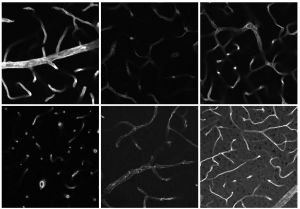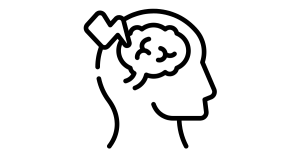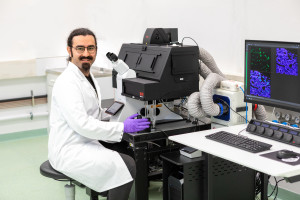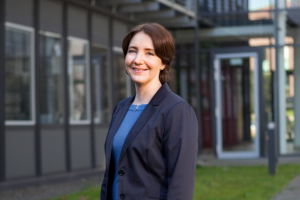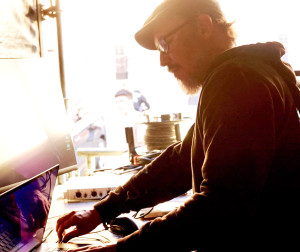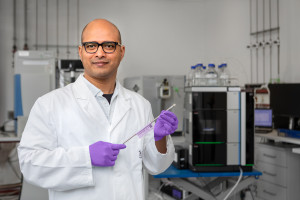Dortmund, 23rd September 2022
Originally, Dr Jianxu Chen (AMBIOM - Analysis of Microscopic BIOMedical Images) had invited Dr. Rita Strack to ISAS. But on Wednesday, in the packed lecture hall at the ISAS campus, Strack was the hostess. With her talk, the senior editor at Nature Methods opened the usually closed doors of the journal and provided insights into the internal editorial processes. The change in perspective that the biochemist demonstrated to the participants was at the same time a key for successful publications in the future – also in other journals besides Nature Methods.
Strack has read more than 4,000 manuscripts in the past eight years at Nature Methods. The journal receives more than 200 manuscripts per month. Ten to 15 percent of them make it to the review stage, and 60 percent of these peer-reviewed manuscripts are ultimately published. Anyone who followed Strack quickly realised that the former researcher is driven by her enthusiasm for new research topics and successful publications. Strack revealed what is important for a successful paper with the help of numerous tips and examples. For instance, the US-American gave the advice to consider the content and target group of a journal carefully and to clarify open questions with the editors before submitting.
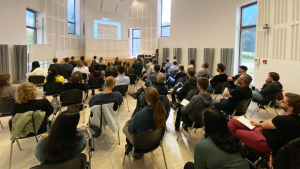
Dr Rita Strack, one of the senior editors at Nature Methods, gave tips on the prospect of a successful publication in the lecture hall at ISAS Campus on Wednesday.
© ISAS
What really matters
"Is the topic relevant to the readership and therefore to this journal? How transparent and accessible are the submitted data? Are the results reproducible?" Much of the background information and advice that Strack shared with the scientists in the audience and online can be applied to other journals. "We learned what really matters and heard a lot about common mistakes, practical tips and even an extensive list of trending topics. This is all very helpful for future publications," says Chen. What surprised him was the way Strack and her colleagues approached their work: To support researchers, to get the best out of their manuscripts and to ensure that the publications meet the journal's standards. One aspect that besides Chen may have surprised many of the more than 70 participants: As long as the science part is good, according to Strack, formatting, text length or number of figures or tables do not play any role at all in deciding whether a manuscript will be reviewed.
"I am a person"
After a lively discussion, Strack finished by inviting those present to stay in touch. "I am a person," she encouraged the scientists to talk to her or to editors of other journals in the future.
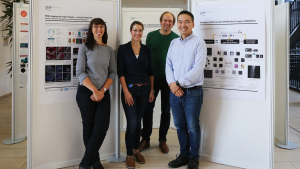
It was the first visit to ISAS for Dr Rita Strack (left). After her talk and the poster presentations, (from right to left) Dr Jianxu Chen, Prof Dr Matthias Gunzer and Prof Dr Anika Grüneboom expressed a positive feedback on behalf of the Biospectroscopy department.
© ISAS
